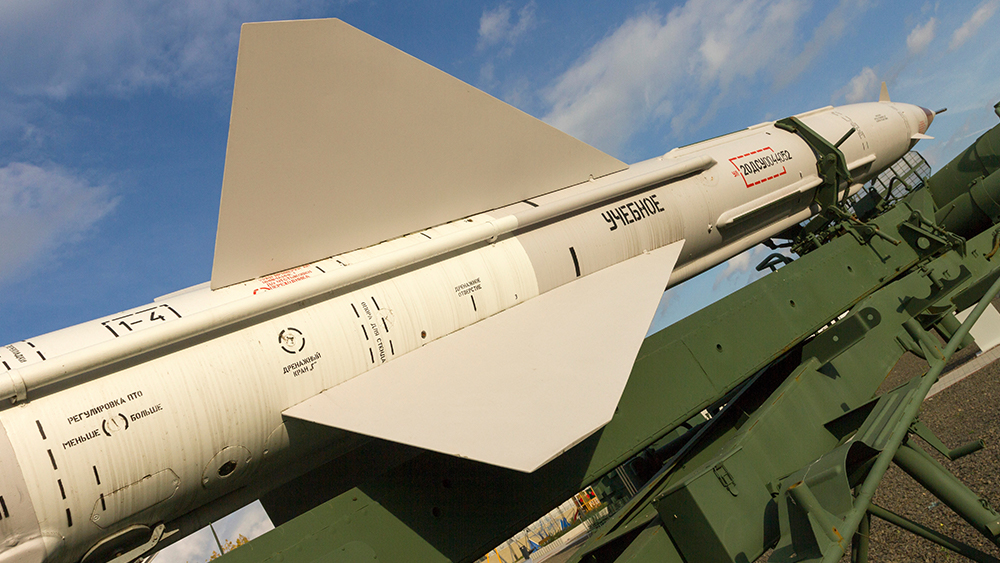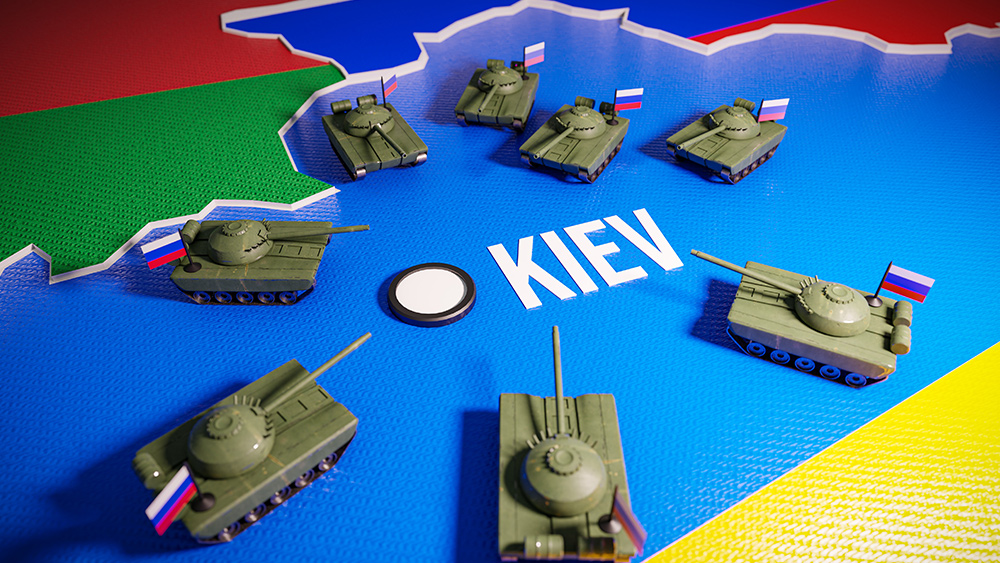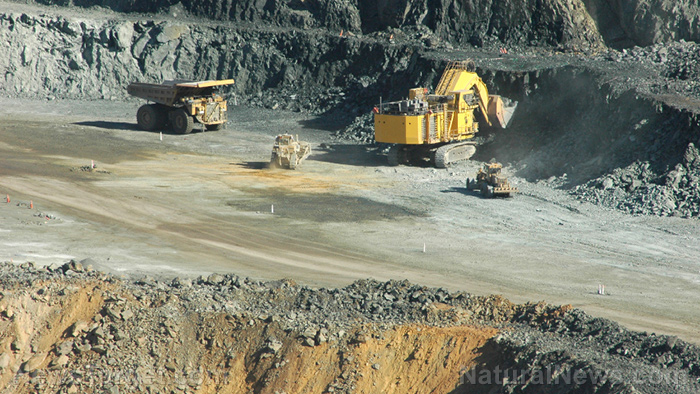 Parler
Parler Gab
Gab
- Russia may be revisiting the Mozyr Active Protection Complex (KAZ), a Soviet-era system designed to protect ICBM silos by creating an "iron cloud" of tungsten rods, steel balls and metal darts to shred incoming warheads. Originally developed in the 1970s, it was 90 percent effective in tests but abandoned in 1991 due to Soviet collapse and funding cuts.
- Unlike traditional missile defense, Mozyr acts as a last-line kinetic kill system, firing 40,000 projectiles at Mach 5.3 to mechanically destroy warheads without triggering nuclear detonation. Successfully intercepted simulated warheads from R-36M2 "Satan" ICBMs, some of the most powerful missiles ever built.
- With the ABM Treaty scrapped in 2002 and Russia facing advanced U.S. hypersonic threats (like the LGM-35A Sentinel), Moscow may be reconsidering Mozyr. Reports suggest a modernized version could intercept cruise missiles, precision-guided bombs and maneuvering hypersonic warheads.
- Mozyr's redeployment could make disarming first strikes against Russian ICBMs far harder, altering nuclear strategy. Unlike costly interceptors, Mozyr offers a cheaper, last-ditch defense, potentially sparking a new arms race in missile countermeasures.
- The U.S. explored similar concepts (e.g., "Swarmjet") but never deployed them. With China expanding MIRV-capable ICBMs, Mozyr's return could reshape global missile defense dynamics—its revival may be closer than expected.
Technological advancements could make Mozyr more effective
In 2012, Russian media reported that the Defense Ministry was exploring a modernized version of Mozyr, capable of intercepting not just ballistic warheads but also cruise missiles and precision-guided bombs. The project was canceled only because of funding issues, not technical failures. Experts suggest that advancements in radar and computing could make a revived Mozyr even more effective against modern threats, including maneuvering hypersonic warheads. If Russia redeploys Mozyr, it could fundamentally alter nuclear deterrence dynamics. Unlike traditional missile defense, which relies on costly interceptors, Mozyr offers a cheaper, last-ditch solution to protect silos—potentially making a disarming first strike against Russia's ICBMs far harder. Meanwhile, the U.S. has explored similar concepts, such as the Cold War-era "Swarmjet" system but never fielded one. With China rapidly expanding its MIRV-capable ICBM arsenal, the return of active silo defense could spark a new arms race in missile countermeasures. The Mozyr system represents a forgotten Cold War breakthrough—one that may soon re-emerge as global powers grapple with next-generation missile threats. Whether Russia will fully revive it remains uncertain, but the technology's potential to reshape nuclear strategy cannot be ignored. For now, the "iron cloud" remains a relic of Soviet ingenuity—but in an era of hypersonic arms races and crumbling treaties, its return may be closer than people think. Watch the video below about Russia conducting a strategic nuclear strike exercise. This video is from the Delacabra channel on Brighteon.com. Sources include: TWZ.com BrightU.ai TopWar.ru GlobalSecurity.org Brighteon.comBREAKTHROUGH: Quantum batteries defy energy loss, paving way for next-gen power storage
By Kevin Hughes // Share
U.S. intelligence contradicts Trump’s claims of Venezuelan fentanyl trafficking
By Belle Carter // Share
Kremlin aide claims Ukraine deal is within reach
By Ava Grace // Share
By Lance D Johnson // Share
U.S. moves to secure tungsten supply in Kazakhstan, countering China’s global dominance
By Ramon Tomey // Share
Russia welcomes Japan’s push for a post-WWII peace treaty
By Zoey Sky // Share
Governments continue to obscure COVID-19 vaccine data amid rising concerns over excess deaths
By patricklewis // Share
Tech giant Microsoft backs EXTINCTION with its support of carbon capture programs
By ramontomeydw // Share
Germany to resume arms exports to Israel despite repeated ceasefire violations
By isabelle // Share









